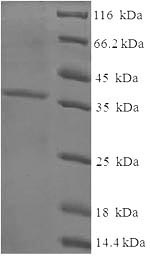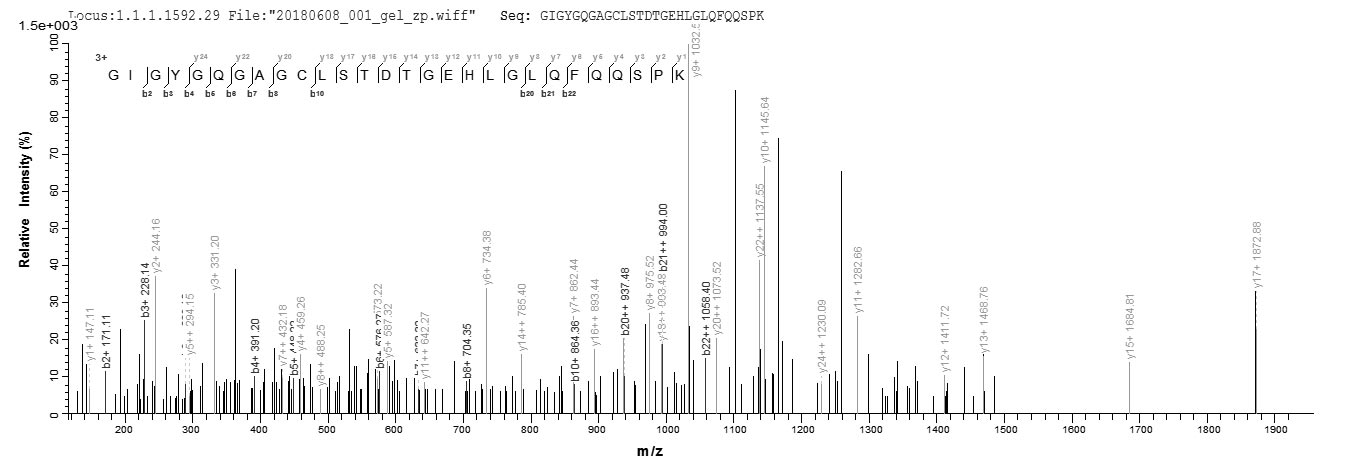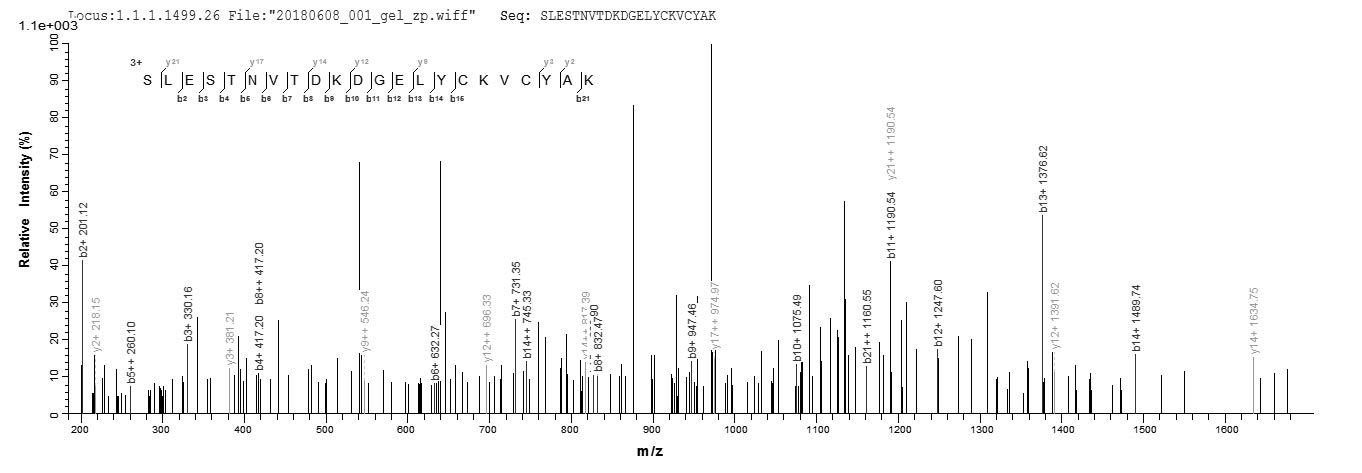Incorporation of the gene encoding the Human CSRP3 protein (1-194aa) into a plasmid vector forms recombinant plasmid, which is then transformed into e.coli cells. baculovirus cells containing the recombinant plasmid that can survive in the presence of a specific antibiotic are selected and cultured under conditions conducive to the expression of the gene of interest. The protein features a N-terminal 6xHis-SUMO tag fusion. Following expression, the recombinant Human CSRP3 protein is isolated and purified from the cell lysate using affinity purification. Denaturing SDS-PAGE is then employed to resolve the resulting recombinant protein, demonstrating a purity greater than 90%.








